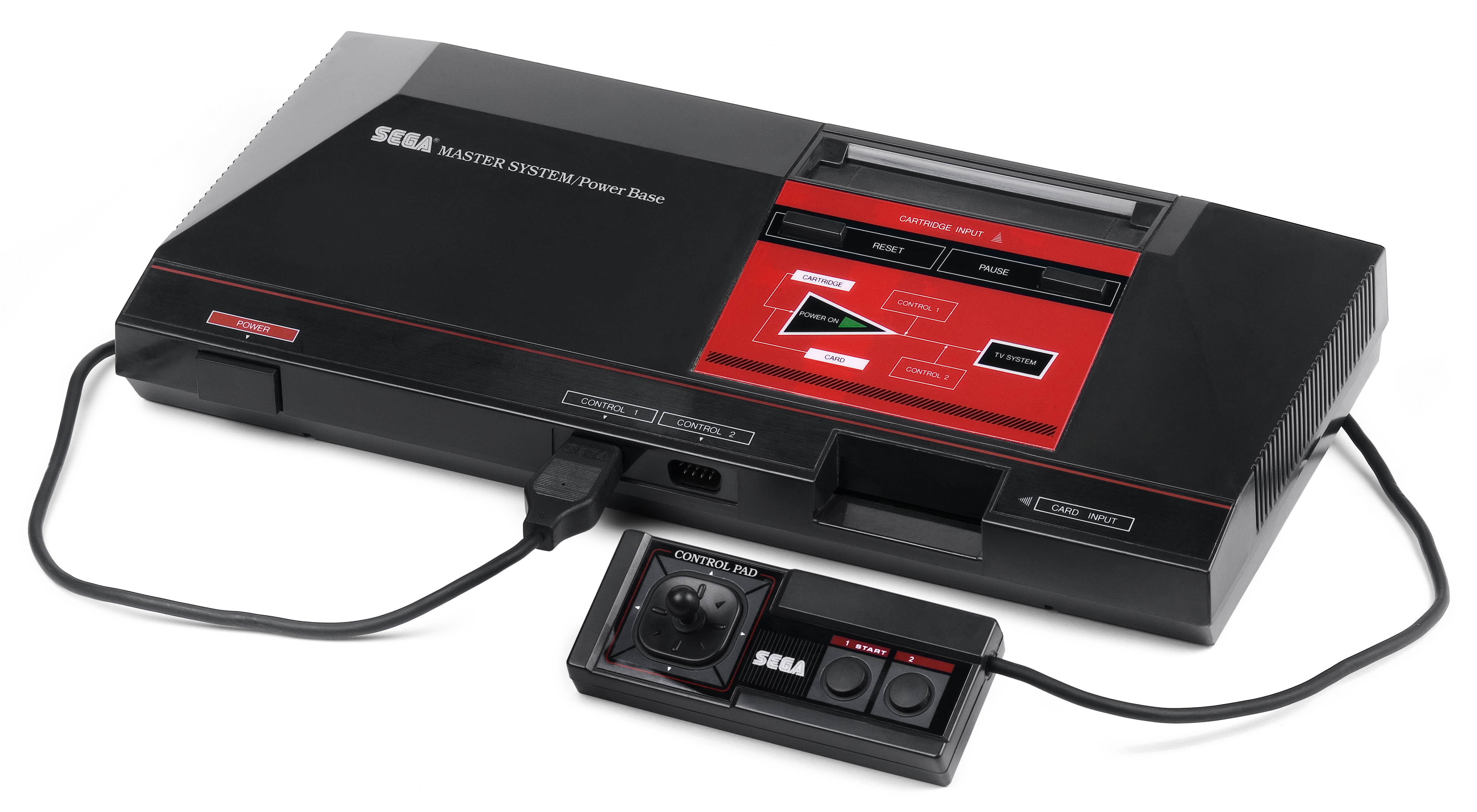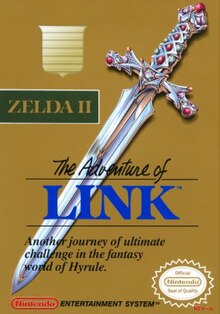 |
| Sega's competition for the NES, didn't reach nearly the same heights but it did pave the way for the Genesis/MegaDrive |
The height of Sega's console sales, and arguably their importance as a video game console manufacturer came during the Sega Genesis/Mega Drive era - but the foundation for that success was laid during the previous gaming generation with the humble Sega Master System. The Master System was released in Japan in 1985 as the Sega Mark III and later rereleased as the Master System in 1987. It first came to North America in 1986. The Master System was not Sega's first console, it succeeded the SG-1000 in Japan, but it was Sega's first to come to North America and was released to compete with the Nintendo Entertainment System. Unfortunately due to a lack of advertising and third party games (due in large part to Nintendo's policy on the NES not allowing games to be released on other consoles) along with some questionable decisions as far as game localization by Tonka, the company Sega had contracted the North American market for the Master System to, the system never really took off. While the Master System only sold between 10-13 million consoles worldwide, compared to the 61+ million of the NES, it did establish successful markets for Sega in Europe and places like Brazil and Sega would build off of this success with the Genesis/Mega Drive.
 |
| A typical Master System game case. |
The Master System's game library is relatively sparse, even more so when you consider that many of its later games could also be found (in superior ports) on other systems including usually the Sega Genesis. However, there are a few games that released on the Master System that would go on to be important for Sega including most notably Shinobi and Phantasy Star. Sega's first attempt at a mascot to compete with Nintendo's Mario was Alex Kidd whos games (all but 1 which came out on the Genesis) released for the Master System. Later Sonic the Hedgehog would replace Alex Kidd as Sega's mascot and while he came to the Master System a few times it was only ports of the newer systems.
Further Reading:
http://en.wikipedia.org/wiki/Master_System
http://en.wikipedia.org/wiki/List_of_Master_System_games






